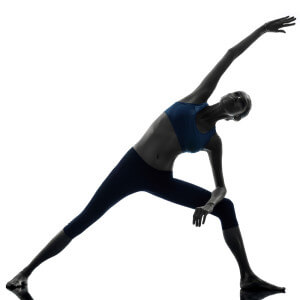Dynamic vs Static Stretching – what’s the difference?

Stretching isn’t just for Dancers. Stretching and flexibility should play an important role in everyones’ fitness routine. You don’t have to make it centre stage, but should incorporate it no matter how crunched for time you may be. Here is some basic information about different types of stretching and how to incorporate it into your routine.
Stretching results in better flexibility through lengthening of the muscle. Integrating stretching into a training session can be tedious but is important to avoid injury during and after the session. There are two different forms of stretching: Dynamic and Static.
So you ask…. Dynamic vs Static Stretching – what’s the difference?
The difference between the two is the duration that you are holding the stretch. A static stretch is any stretch that is held longer than 30 seconds. A dynamic stretch is one that is less than 30 seconds in duration and not held in one position.
Ok… so when should you perform Dynamic vs Static stretching?
Dynamic stretching is performed before exercise and is used to warm up the muscle rather than lengthen it. This is important to ensure you are able to perform full ROM (‘range of motion’ in case you aren’t up-to-date with your gym jargon) safely. Performing static stretches prior to exercise can actually be detrimental to your performance as it causes overstretching of the muscle, which is not ideal. Therefore, static stretching is performed after exercise to bring the muscle back to normal, resting length and to increase flexibility
Want to learn more? Contact us or join us for a consultation or assessment with one of our personal trainers!

